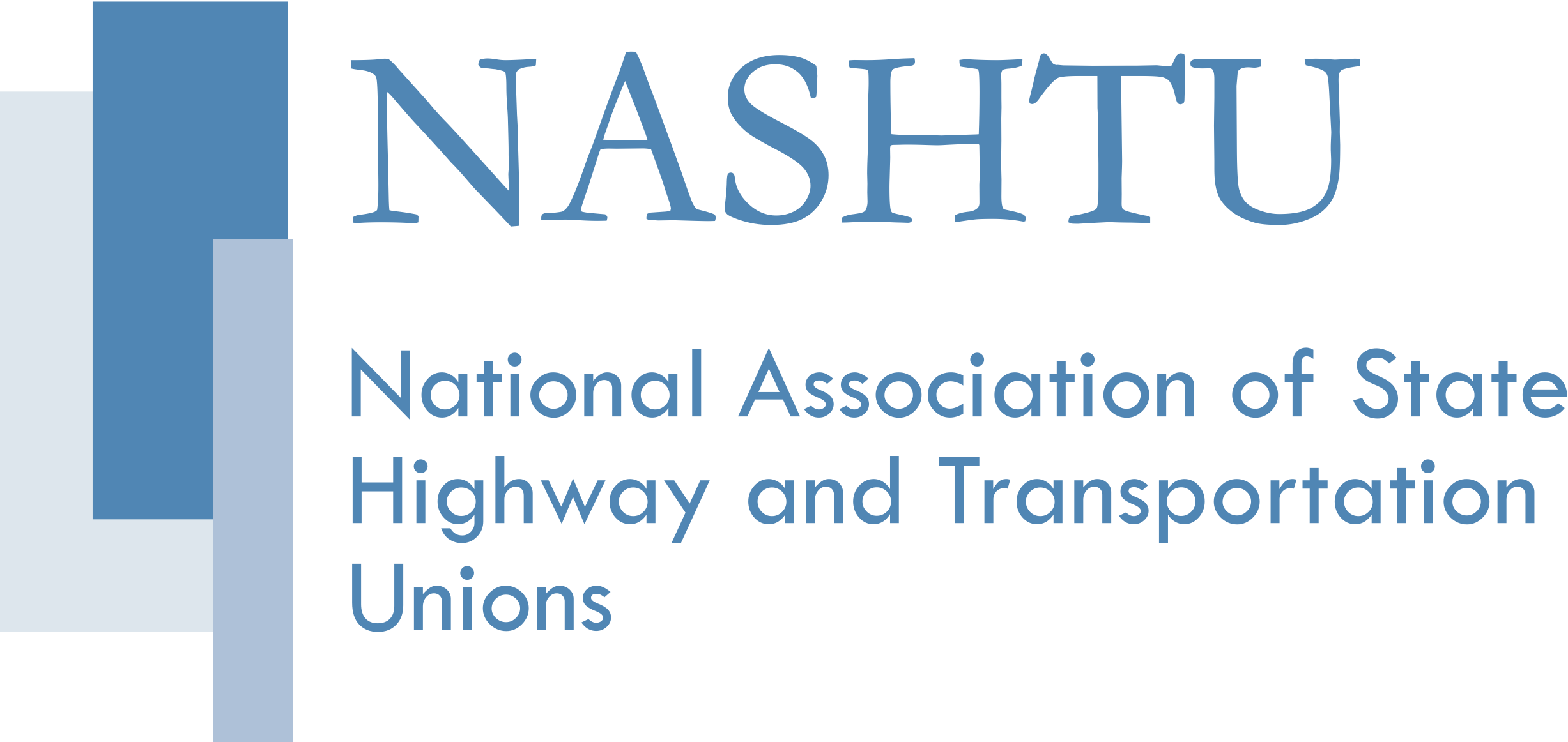A team of academic researchers found that the U.S. overspends for highway infrastructure and identified understaffed DOTs and an overreliance on consultants as the primary reasons for higher costs. Their report was summarized in a recent article in Construction Dive, an industry publication.
According to the report, Procurement and Infrastructure Costs, state and local governments expended $266 billion on highways alone in 2022, and on a per-project basis, that spending is over three times as high as other upper- and middle-income countries. In exploring why the costs are higher, three researchers – Zachary Liscow of Yale University, Will Nober of Columbia University, and Cailin Slattery of the University of California, Berkeley – surveyed infrastructure procurement practices, talked to state DOT employees and construction companies, and analyzed project-level data across the country.
The report concludes that better staffed DOTs lead to lower overall costs for transportation infrastructure. Unfortunately, the “striking decrease in state DOT employment over the last 20 years, especially in the wake of the Great Recession,” has caused DOTs to have to do more with less and rely on overpriced consultants, which has led to higher costs to build highway infrastructure.
Specifically, the researchers found a one standard deviation increase in consultant costs is associated with an almost 20%, or $70,000, increase in cost per lane-mile. States with higher DOT employment per capita have lower infrastructure costs. For example, a one standard deviation increase in DOT employment per capita is correlated with 16% lower costs.
To read the article in Construction Dive, click here.
To download and read the full report, Procurement and Infrastructure Costs, click here.
